
This resource provides a prompt for every school day that could be used to inspire students to express themselves in the language through speaking and/or writing
- Subject:
- Spanish
- World Languages
- Material Type:
- Activity/Lab
- Date Added:
- 02/11/2020

This resource provides a prompt for every school day that could be used to inspire students to express themselves in the language through speaking and/or writing
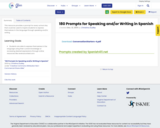
This resource provides a prompt for every school day that could be used to inspire students to express themselves in the language through speaking and/or writing

This resource provides a prompt for every school day that could be used to inspire students to express themselves in the language through speaking and/or writing

This resource provides a prompt for every school day that could be used to inspire students to express themselves in the language through speaking and/or writing
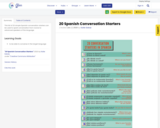
This list of 20 simple Spanish conversation starters can be used to spark conversation from novice to advanced speakers of the language.
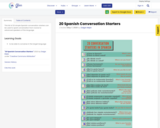
This list of 20 simple Spanish conversation starters can be used to spark conversation from novice to advanced speakers of the language.

Students research, prepare and present the tv show Shark Tank.
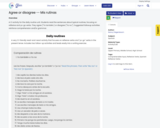
A CI activity for the daily routine unit. Students read the sentences about typical routines, focusing on reflexive and yo-go verbs. They agree ("Yo también.) or disagree ("Yo no."). Suggested followup activities reinforce comprehension and/or grammar.
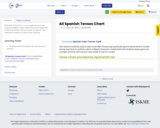
All tenses of Spanish on a one page resource with irregular patterns noted. Great resource for beginners to become familiar with the tenses as well as more advanced students to refresh their learning.
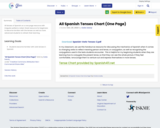
All tenses of Spanish on a one page resource with irregular patterns noted. Great resource for beginners to become familiar with the tenses as well as more advanced students to refresh their learning.
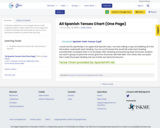
All tenses of Spanish on a one page resource with irregular patterns noted. Great resource for beginners to become familiar with the tenses as well as more advanced students to refresh their learning.
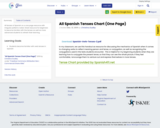
All tenses of Spanish on a one page resource with irregular patterns noted. Great resource for beginners to become familiar with the tenses as well as more advanced students to refresh their learning.
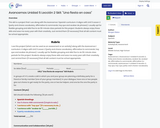
This skit is a project that I use along with the Avancemos 1 Spanish curriculum. It aligns with Unit 5 Lesson 2 (party and chores vocabulary, affirmative tú commands, hay que and acabar de phrases). I usually opt for flexible grouping and allot five to six 55-minute class periods for this project. Students always enjoy these skits and wow me every year with their creativity. Just remind them (if necessary) that all skit content must be school appropriate.

This short reading about the springtime has varying images that are downloadable. One is a simple reading. Another is the same reading with short questions that follow. Another is a fill in the blank story based on the picture.
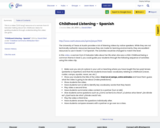
This is a video (2:03 long) resource of a woman from El Salvador talking about her childhood. Ideas for guiding students through understanding this video are given.
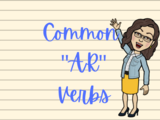
A simple and clear compilation of common use "AR" verbs in Spanish I & II use along with the attach Quizlet card set or by itself. There is also and accompanying teacher guide with all the answers.
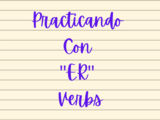
This is a list of common use "ER" verbs. There is an activity, and a quizlet set both have answers. You can use them after you teach ER verbs or Stem change verbs.
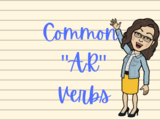
Complete sentences as requested

Simple prompts on each slide guide a discussion about school culture, from clothing and food to homework, subject matter and sports. Sets the stage for cultural comparisons, study of "se impersonal," review and extension of beginner vocabulary. Prompts could subsequently be used as a writing or speaking assessment.
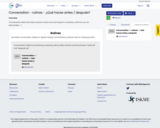
Conversation slides that help students review and use frequent vocabulary. What do you do before/after....?